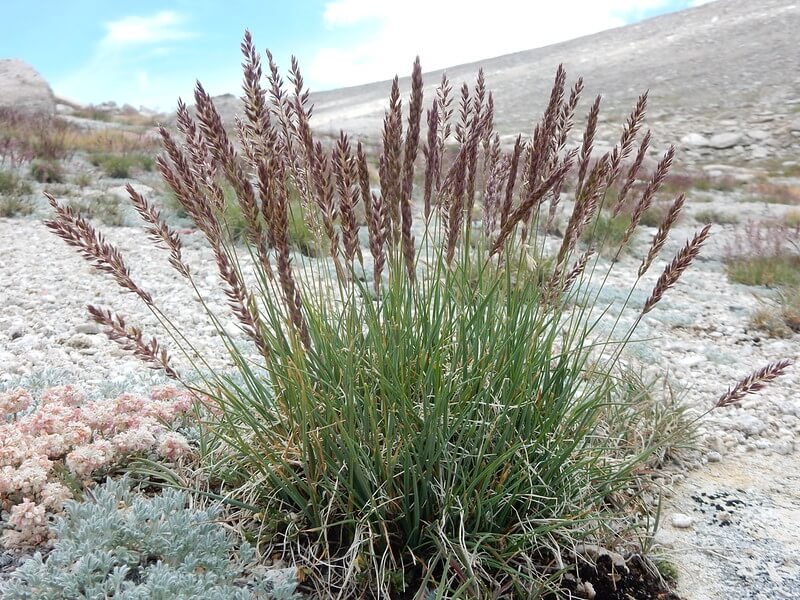Life Cycle: Perennial
Sun Exposure: Full, Partial (seems to prefer Full)
Soil Moisture: Medium, Medium-dry, Dry
Height: 1.5-4 feet
Plant Spacing: 1.5-2 feet
Bloom Time: August-September
Bloom Color:
Advantages: Bird Favorite, Deer Resistant
Host: 13 species of butterflies and moths use this as a caterpillar host plant in our area (nwf.org)
Beneficial for Endangered or Threatened Species: It is a host plant for the vulnerable Dusted skipper (mnfi.anr.msu.edu/), Cobweb Skipper (Hesperia metea) (mnfi.anr.msu.edu/), Newman's brocade (Meropleon ambifusca) (mnfi.anr.msu.edu/)






